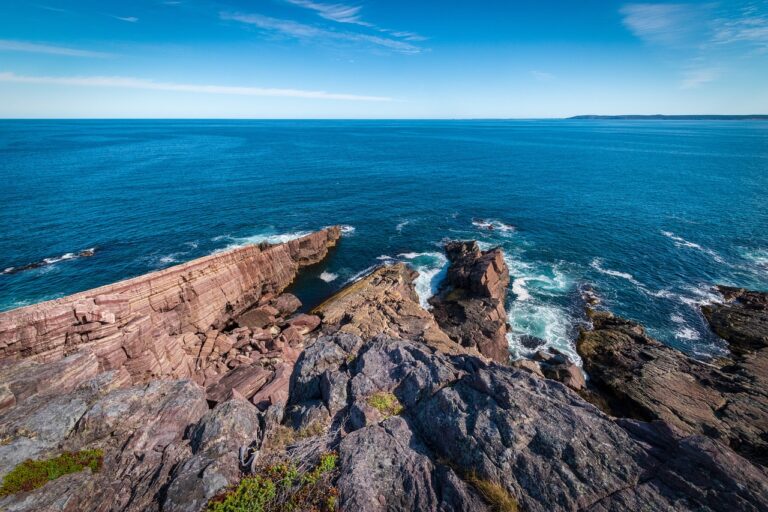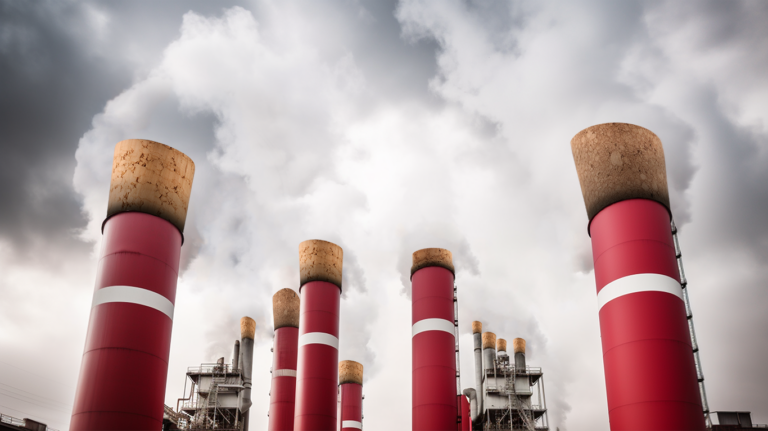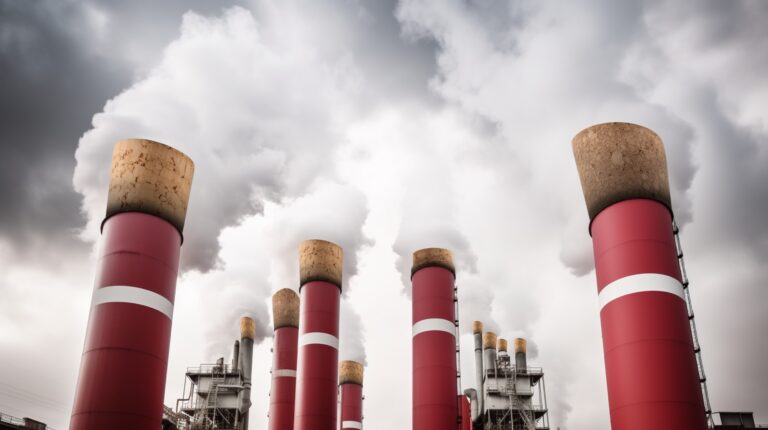Are you confused about whether or not nuclear energy is a good way to get off fossil fuels and help put the brakes on climate change? If so, you’re certainly not alone. The nuclear energy industry has been lobbying hard to convince governments to invest in untested designs for small modular reactors (SMRs), under the pretense that they’re good for the environment and a solution to climate change.
But the facts say otherwise.
First, let’s be clear: these designs are for small modular nuclear reactors, so let’s put in the “N” that the nuclear industry conveniently left out.
Here’s what you need to know about small modular nuclear reactors (SMNRs).
SMNRs at a Glance
The “small” in SMNRs refers to megawatts of electricity. According to the International Atomic Energy Agency (IAEA), small nuclear reactors generate up to 300 megawatts of electricity. While the proposed designs for SMNRs have smaller physical footprints than traditional nuclear reactors, they’re by no means small (unless you think football fields are small).
Proponents of SMNR technology claim it’s a green energy solution, because nuclear reactors don’t emit carbon dioxide once they’re operational. But there are a number of problems with this argument:
- SMNRs produce radioactive nuclear waste, which remains highly dangerous for thousands of years.
- There are a handful of sites in Canada that store used nuclear fuel on an interim basis, including Point Lepreau Generating Station in New Brunswick. However, no community in Canada has yet agreed to be the site of a long-term nuclear waste facility, despite “goodwill money”—what some might call bribes—from the nuclear industry.
- The upfront carbon that goes into building an SMNR—and decommissioning it at the end of its life lifecycle—isn’t being factored into government’s carbon accounting records (and it needs to be).
- Mining minerals such as uranium for nuclear power generation destroys forests and other ecosystems, poisons watersheds, and more.
Too Many Safety Concerns
Small modular nuclear technology poses many high-stakes safety risks, not the least of which are radiation leaks and radioactive waste.
Unfortunately, the Canadian government has exempted all SMNRs built on existing nuclear reactor sites from undergoing federal environmental assessments. The proposed SMNRs for New Brunswick would be built at the Point Lepreau Generating Station, and therefore exempted from a federal environmental assessment.
Another major safety concern specific to the Moltex SMNR design is the plan to extract plutonium from nuclear fuel waste at Point Lepreau Nuclear Generating Station. They call this “recycling” but less than 1 percent of the waste would be usable as fuel for the SMNR being developed by Moltex, so talking about “recycling” nuclear waste is an exaggeration at best. However, even this small amount of extracted plutonium poses serious security risks, since plutonium is the primary material used in nuclear weapons. Moltex plans to export this technology around the world, raising significant nuclear weapons proliferation concerns. This could make New Brunswick’s nuclear power site a target for terrorists. For more on this, see Who’s minding the nuclear file? Oversight needed for New Brunswick’s risky plutonium plan – NB Media Co-op
Not a Solution to Climate Change
Industry estimates suggest it will take at least a decade to build an SMNR after the nuclear regulator grants a licence for a reactor design. In Canada, the designs are still at the powerpoint stage. It is impossible to develop a powerpoint reactor to a working model in a decade. As we know from the most recent reports by the International Panel on Climate Change, we need drastic reductions in greenhouse gas emissions now—not in 10, 20 or 30 years’ time. No province or government should include SMNRs as a part of a responsible climate action plan.
In January 2022, the former head of the U.S. Nuclear Regulatory Commission and top European senior government advisors on nuclear power issued a joint statement, declaring that nuclear power is not “clean, safe or smart.” Moreover, they warned that “nuclear is just not part of any feasible strategy that could counter climate change”—and provided ten reasons why.
Costing Taxpayers Millions
The nuclear industry claims that SMNRs are the future of energy and will be good for the Canadian economy. In Atlantic Canada, SMNR-startup companies like ARC and Moltex are receiving millions of taxpayer dollars from the federal and New Brunswick governments—more than $80 million so far. These subsidies are essential to the industry, since most companies are having a hard time getting Wall Street or Bay St. to invest in a technology that shows no signs of being commercially viable (for more on costs, see CRED-NB: SMRs not worth the cost for New Brunswick).
Small modular nuclear reactor technology is much more expensive than wind and solar energy options—an estimated 4 to 5 times more, in fact. Since 2009, the cost of wind energy has decreased by 72 percent, and the price of utility-scale solar photovoltaic has decreased by 90 percent.
The most advanced SMNR project in the West is by NuScale. The company is attempting to build the first SMNR in the U.S. (in Idaho). The project began more than a decade ago and is already billions over budget and not expected to be completed until 2030. The company has failed to satisfy the Nuclear Energy Commission on key safety issues, and several cities have now pulled out of their commitments to purchase power from the SMNR facility when it’s completed.
Indigenous Rights
The proposed SMNRs in New Brunswick would be located at Point Lepreau—on the traditional and unceded territories of the Wolastoq and Peskotomuhkati Nations. In 2021, the Wolastoq Grand Council issued a statement opposing SMNR development on their territories and calling for the decommissioning of Point Lepreau Generating Station.
If Canada is serious about reconciliation with Indigenous Peoples, it must stop paying lip service to their rights and honor the treaties.
Looking Ahead
The market for nuclear energy is declining globally, and has been for some time. Companies are pushing SMNRs pipe dreams—and gambling with taxpayers’ dollars.
It’s important to remember that commercially viable SMNRs have never been built. They are an idea.
Here’s another idea: Why not look to affordable, proven, and clean renewable energy instead?




